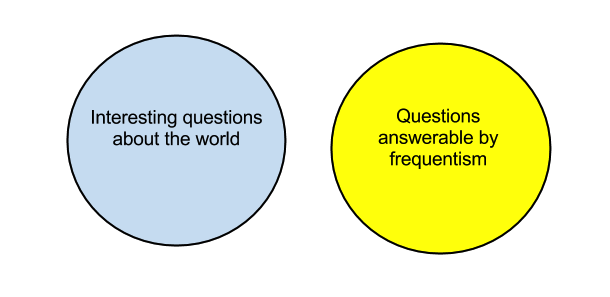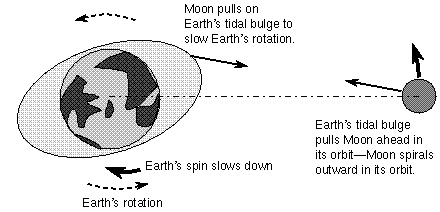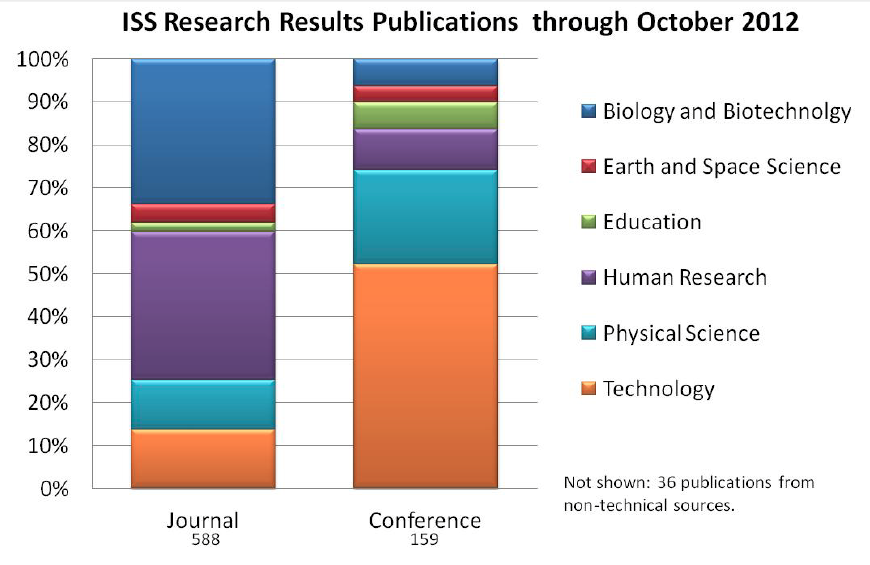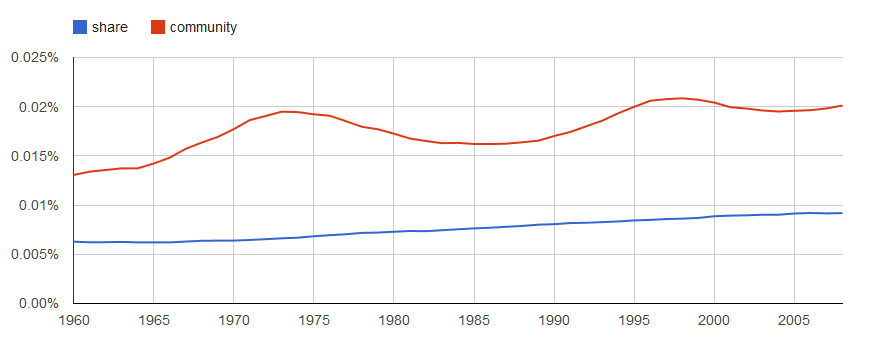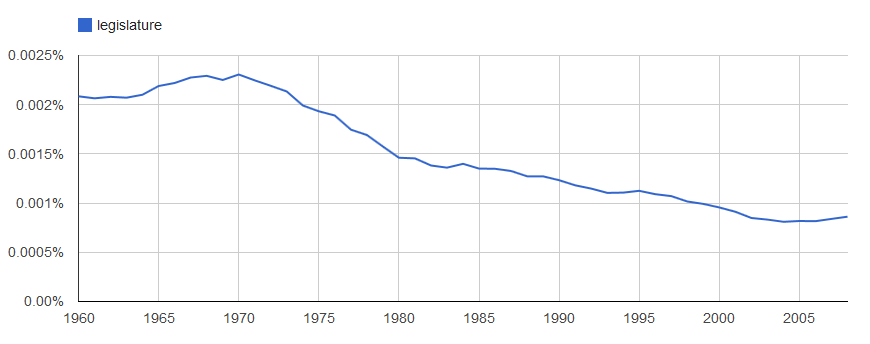Matt Yglesias points out a National Bureau of Economic Research working paper entitled “A Major in Science? Initial Beliefs and Final Outcomes for College Major and Dropout.” The abstract:
Taking advantage of unique longitudinal data, we provide the first characterization of what college students believe at the time of entrance about their final major, relate these beliefs to actual major outcomes, and, provide an understanding of why students hold the initial beliefs about majors that they do. The data collection and analysis are based directly on a conceptual model in which a student’s final major is best viewed as the end result of a learning process. We find that students enter school quite optimistic/interested about obtaining a science degree, but that relatively few students end up graduating with a science degree. The substantial overoptimism about completing a degree in science can be attributed largely to students beginning school with misperceptions about their ability to perform well academically in science.
Yglesias’s gloss:
This is important to keep in mind when you hear people talk about the desirability of increasing the number of students with STEM degrees. To make it happen, you probably either need better-prepared 18-year-olds or else you have to make the courses easier. But it’s not that kids ignorantly major in English totally unaware that a degree in chemistry would be more valuable.
This strikes me as oversimplified in one important way. Assume for the sake of argument that the article is right about students’ reasons for switching away from science majors, and also that having more science majors would be desirable. Changing the science curriculum to retain those students is certainly a possible solution, but that doesn’t necessarily mean “mak[ing] the courses easier”; it might just mean making the courses better. Students may come out of an introductory science course filled with doubt about their ability to succeed in future courses, not because the course was too hard, but because it didn’t teach them the skills they needed.
This is not a mere hypothetical possibility: unfortunately, it’s exactly what happens in lots of courses. Around 25 years ago, when serious academic research into physics education got underway, study after study showed that students were coming out of introductory physics courses without having learned the things that their teachers thought they were teaching them. (Scores on post-instruction tests of basic conceptual understanding of Newton’s laws came out pretty much identical to pre-instruction tests.)
There are a bunch of strategies for improving the way we teach. Some instructors and institutions have implemented them; many haven’t. There’s lots of room to make things better.
In short, Yglesias seems to be suggesting that we can’t solve the problem without dumbing down the science curriculum, but that may be a false choice.
One related point: Students come out of introductory classes with widely varying levels of confidence about their ability to succeed in future science courses. That’s not surprising, of course. What I’ve found surprising over the years is how weakly correlated students’ confidence is with their actual ability. I urge the strong students in my introductory courses to go on to further study of physics, and I routinely hear them say, “I don’t think I’m any good at it.” Again, the solution is not to make the course easier, but for me to do a better job at letting students know that they are good at it (if they are, of course).
In my (anecdotal but extensive) experience as well as those of my colleagues, this phenomenon is highly gender-linked. In a typical section of introductory physics, the three best students are women, and the three students who think they’re best are men. The student who gets an A in my class and says “I don’t think I’m any good at this” is almost always female.
Although I find the overall results of this study quite plausible, it is worth pointing out a couple of caveats. The sample size is only about 600 students. Once you start slicing that, first into students who initially expressed an interest in science, and then into the subset who got discouraged and switched, you’re quickly looking at very small numbers. Moreover, the study was performed at a single college, namely Berea College. You should probably use caution when extrapolating the results to other colleges, especially since Berea is quite different (in some excellent ways, such as focusing on students of limited economic means and educating them for free) from almost everywhere else.

